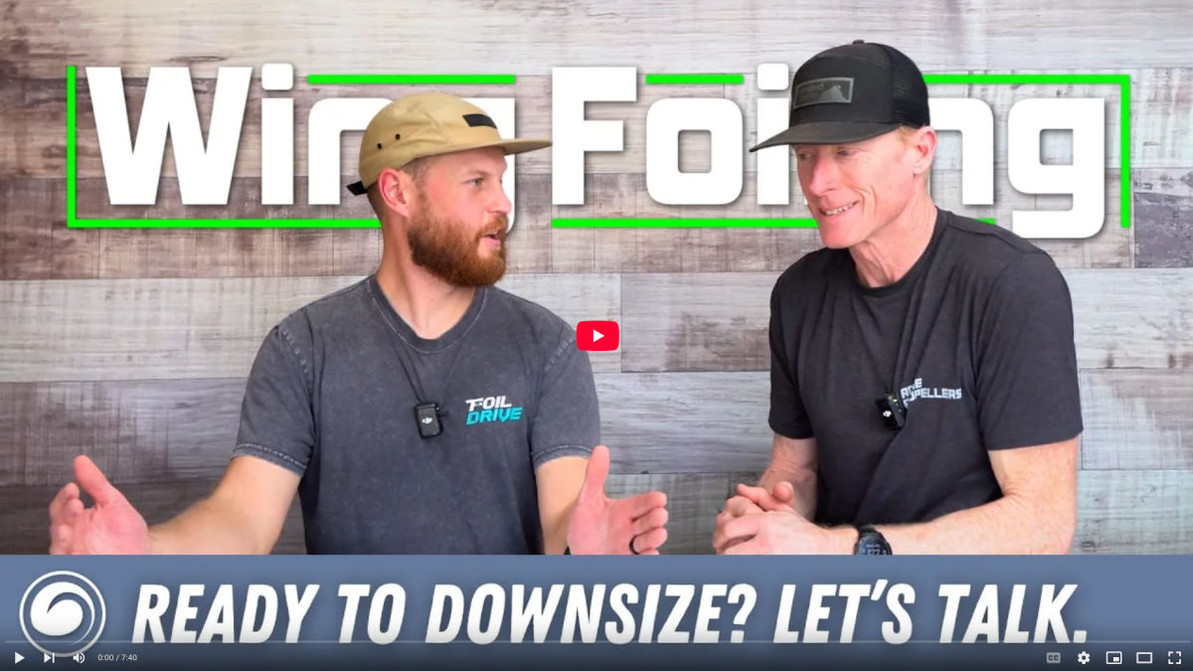Why Downsizing Your Foil Beats Switching to a Smaller Wing Foil Board
When you embark on your foiling journey, it's all about big, stable gear that'll get you up and riding. Falling and getting back on your board takes a lot of time and energy, and the less of that you do, the faster you'll be successful and begin to progress.
Now you're on foil and cruising without too much trouble, and you're starting to think about that next step. Your buddies are on mid-size boards and downwind boards, so you're thinking it might be time for you to pick one up. We get it. Those starter boards are pretty voluminous at 110, 120, even 140 liters. They're stable, but not terribly efficient, and downsizing your board seems like the next step. Time out... we've got some questions for you to consider first.
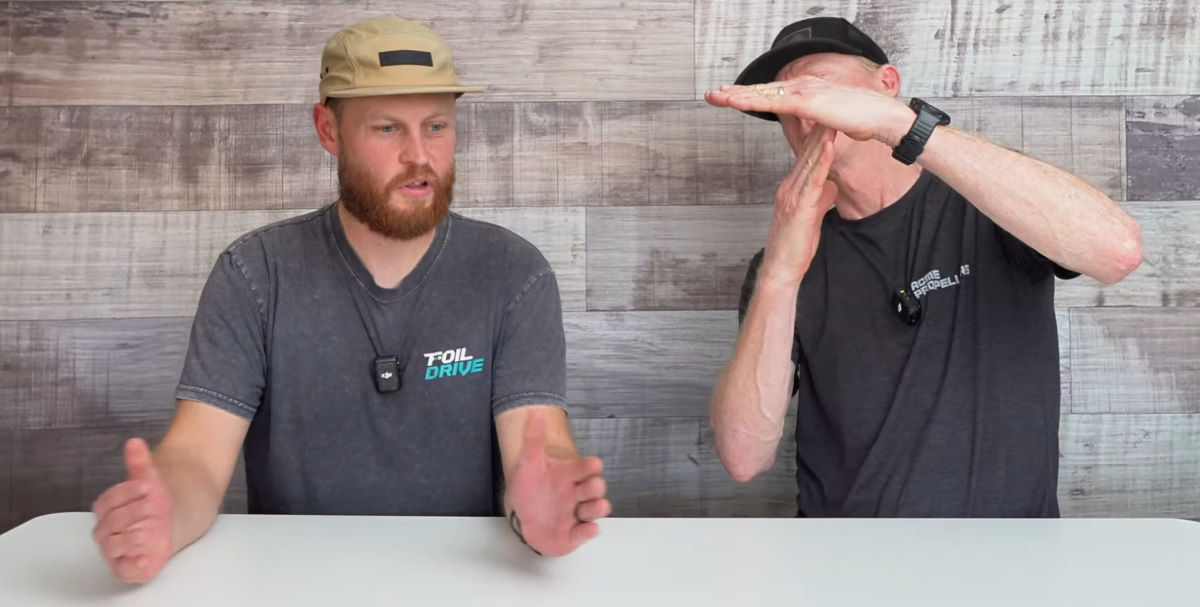
What Size Board Are You On?
Just how big is your current board? That 115 or 125 liter board gave you the stability you needed to learn, and obviously you're hooked now if you're looking to downsize. Most people could move to a 90 liter board at this point, but let's look at a couple other things first.
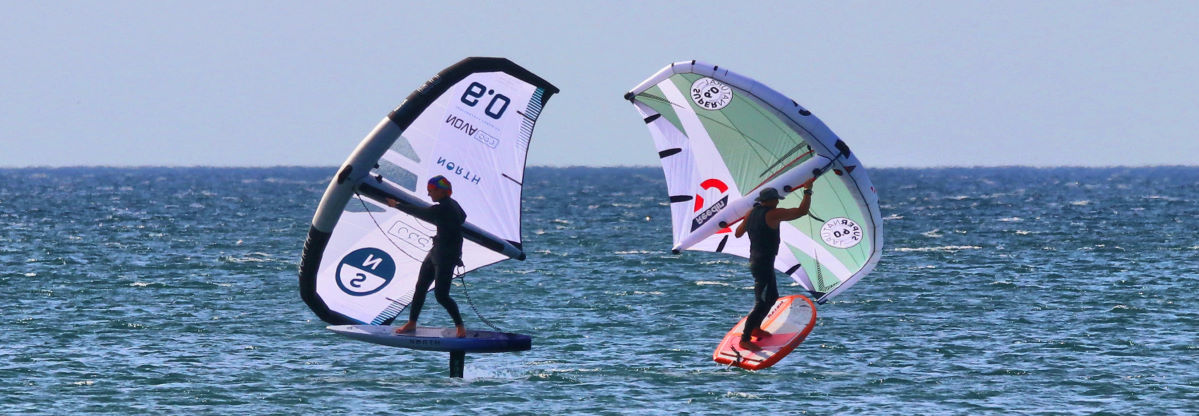
What's Your Skill Level?
You're doing a good job of getting up on foil and cruising around, but can you turn and jibe and stay on foil? In both directions? Can you stay dry for 20 minutes? If you're still working on these progression milestones, your board most likely isn't the issue.
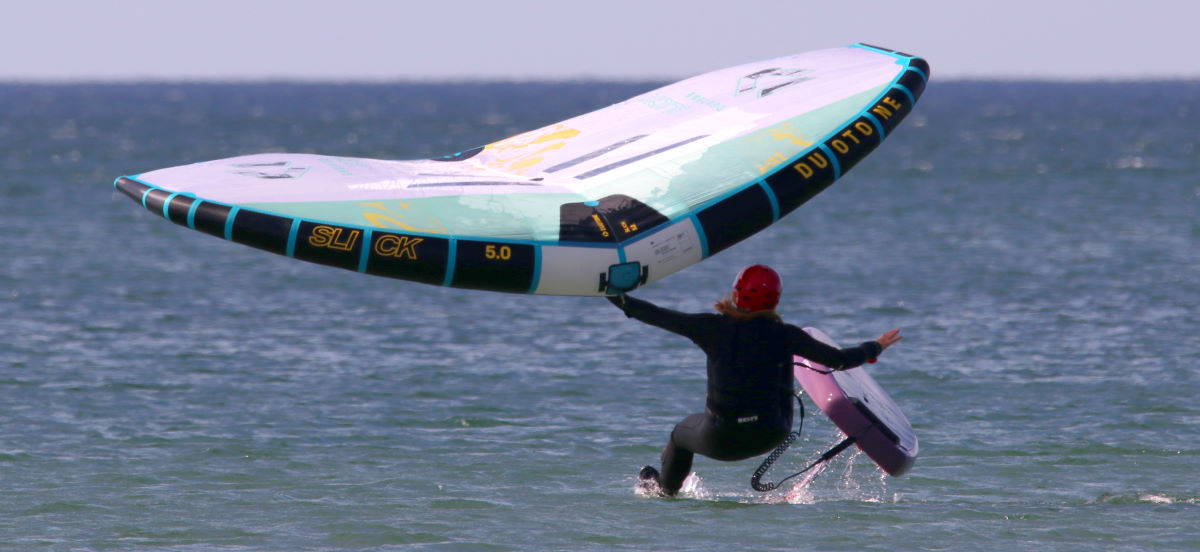
What Size Foil Are You On?
That 1800 - 2000cm2 low aspect foil makes for a great introduction to the sport. It's stable and doesn't require much speed to get you flying. But it's not agile and it's got a lot of drag. If you're having trouble turning without sinking back into the water but you're not having any issues getting up, you might need to look at your foil.
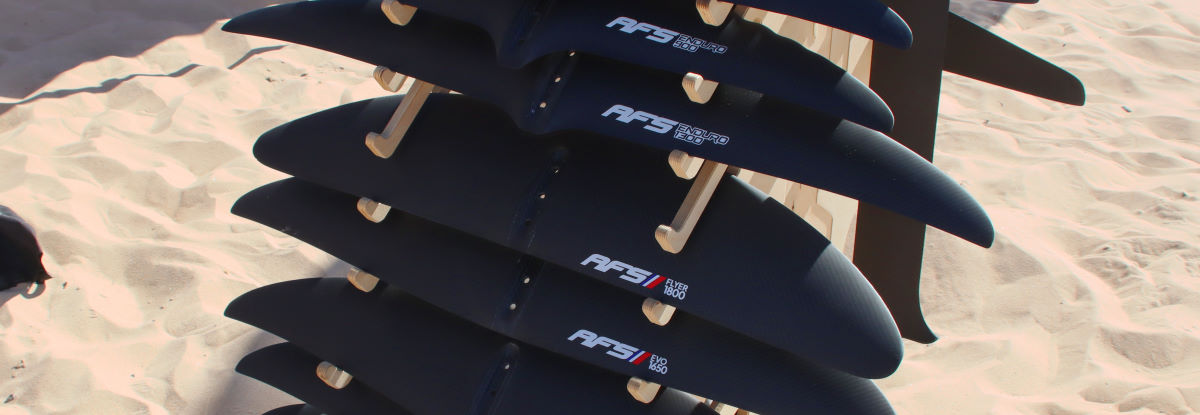
Downsize Your Foil
Downsizing your foil while staying on the same board is going to help you progress in a couple of ways that downsizing your board won't. That big board will still give you a nice, stable platform while you get a feel for your smaller foil. You'll be more stable as you get up to the faster speed you'll need to take off, and you'll have more control once you are up. The last thing you need right now is a tippy, rocky platform. Hang on to that big board for just a little while longer.
The smaller foil is going to feel much more nimble as you jibe and it'll cut through the water with a lot less resistance. Suddenly you'll start nailing your turns without coming off foil.
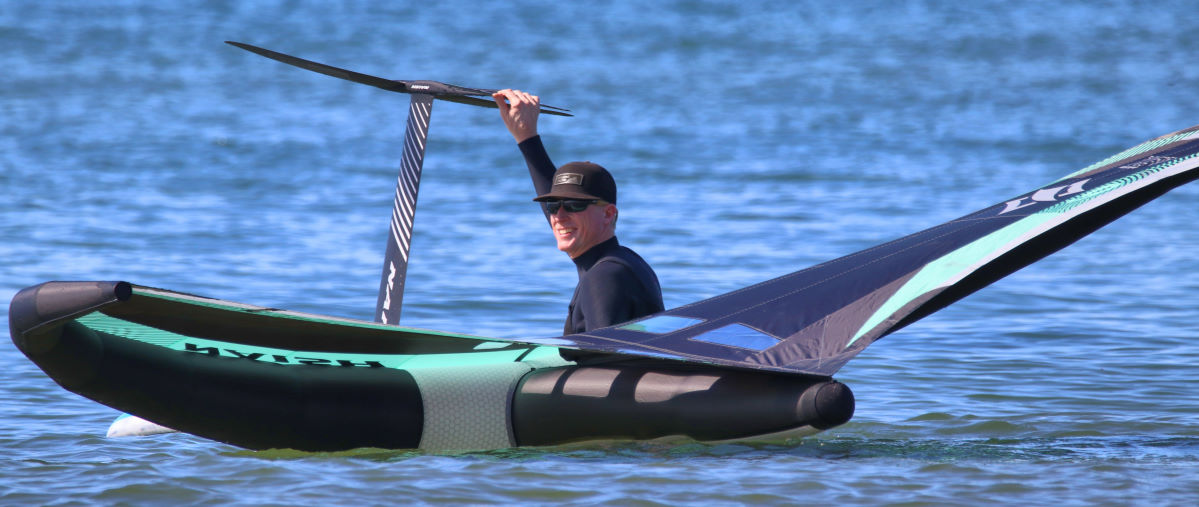
What Size Foil Is Right?
Most riders will do well on a 1200 - 1400cm2 foil with a bit higher aspect than their starter foil. It'll be just the right combination of speed and agility while still being accessible to a "Budding Advanced Beginner". You'll start riding longer in mixed conditions as you build the confidence and the right skills to progress. You'll be able to come into your jibes at a higher speed so you won't sink down as you turn and maybe even start pulling into some waves. Speed is more about the foil than the board once you're up and out of the water.

Be Patient with Yourself
When you make the shift to a smaller, higher aspect foil, it's not going to be as stable and you'll need more speed, time, and energy to get up. Keeping your stable, familiar board is going to help a lot, but you will still find yourself falling more as you get used to your new foil. That's ok. You'll reap the rewards of your smaller foil soon and you'll have a blast unleashing the progression you'll see from it.

When Should I Downsize My Board?
While you'll see more progression from a smaller foil than a smaller board, we're not saying that you shouldn't downsize your board. Once you're nailing your jibes and turns and are riding comfortably in both directions, go for it! You can go a lot of different directions when it comes to your next board, so feel free to give us a ring or hop on chat. We'll listen to where you ride and what your goals are, and then we can make some suggestions we think you'll be happy with.
A lot of people who ride on inland lakes are jumping into a downwind board as their second board. Others are in conditions better suited to mid-length boards. Your location, conditions, and riding style will determine which boards are going to work best for you, so we can't make any recommendations in this blog.
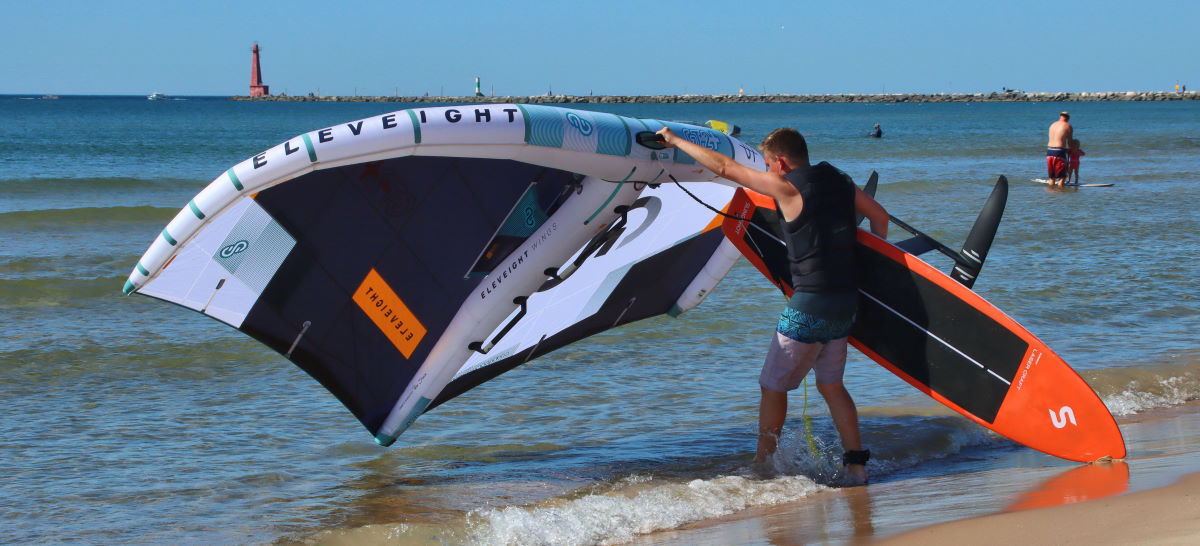
Summary
The main thing to remember is to hang on to your first board until you're comfortable on your second foil. We've found time and again that the people who do this are the ones who progress the fastest. As with learning any new skill, taking things out of order or skipping steps only prolongs the learning process, so when you feel ready for your next step, reach out to us to get dialed in on what should work best for you. We're always happy to share the stoke!
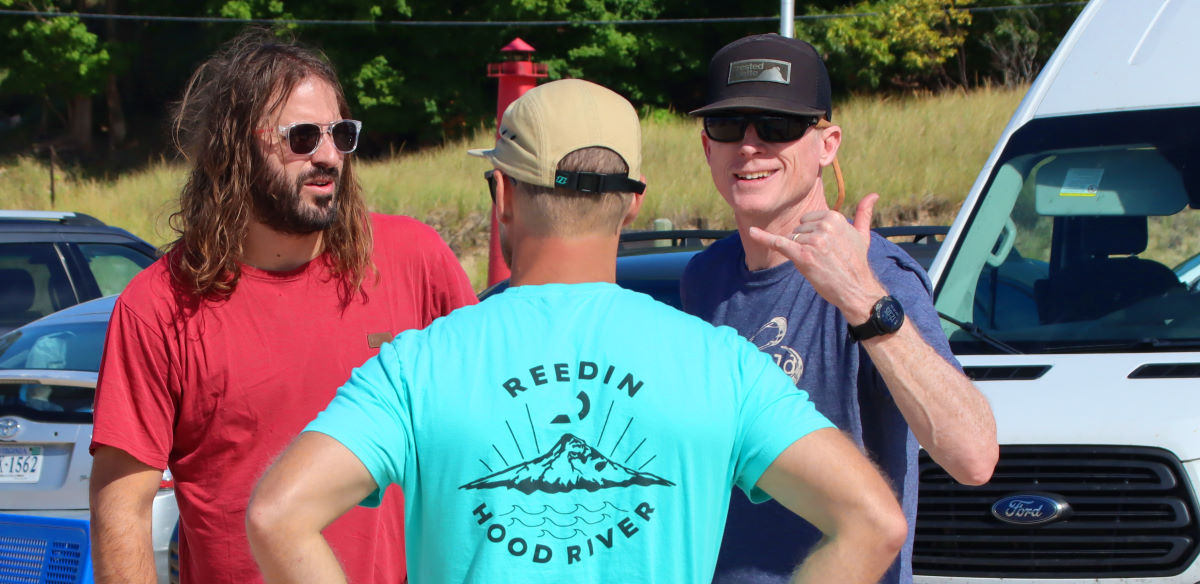
MACkite Subscription Links:
YouTube | Instagram | Spotify Oddcasts
Contact MACkite Below:
800.622.4655 | Kiteboarder@MACkite.com | LIVE Chat Messenger


Recent Posts
-
Hot New Releases: MACkite Brand Parawing & Mystic Majestic Ex Custom Harness
MACwing v.5 Beta Single Skin Single Use Jake and Ryan from MACkiteboarding unveiled an excit …1st Apr 2025 -
Code Foils 1250R, with Josh Ku and James Casey | Training, Gliding, and Light Wind Downwinding
Introduction: The Rise of the 1250R The Code Foils 1250R is the latest and largest addition to Co …1st Apr 2025 -
2025 F-One Rocket Surf Prone, Rocket Wing Crossover, and Rocket Midlength Boards
Mid-length foilboards are rapidly growing in popularity and could soon dominate the market, especi …27th Mar 2025

